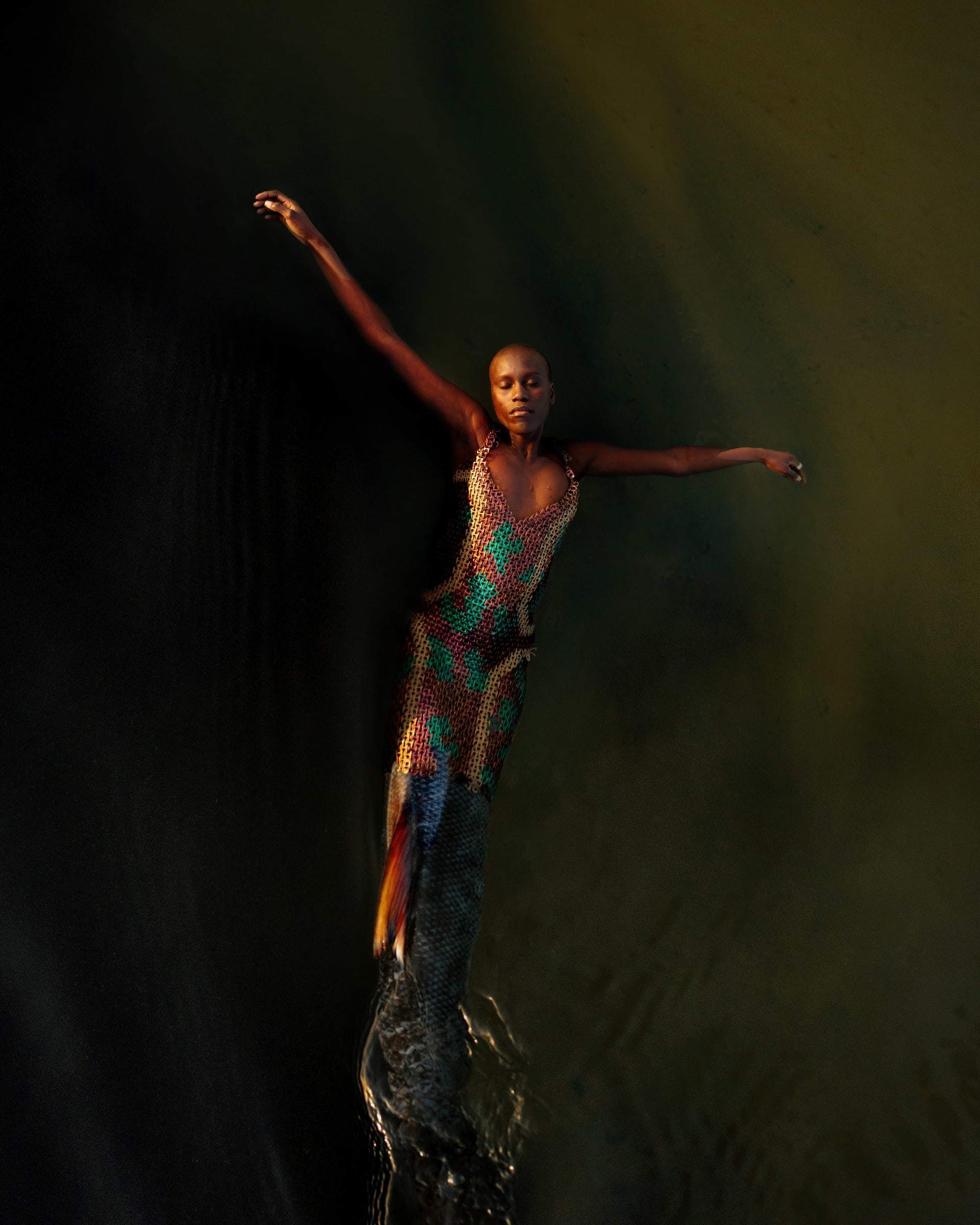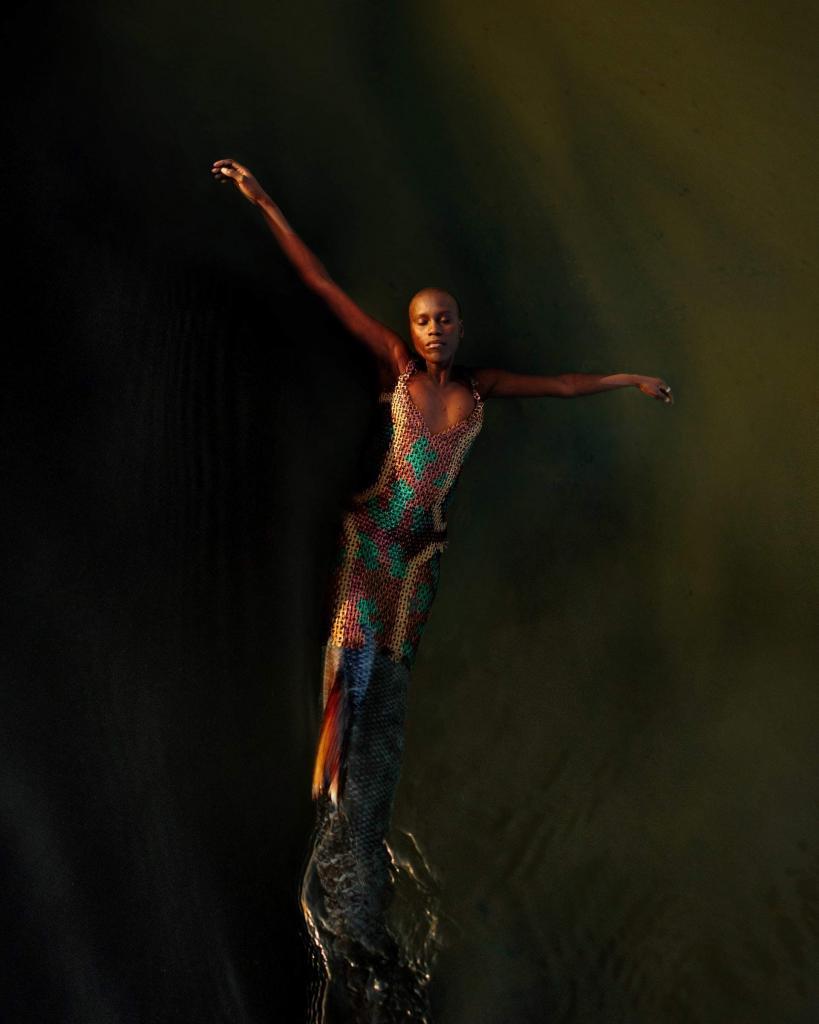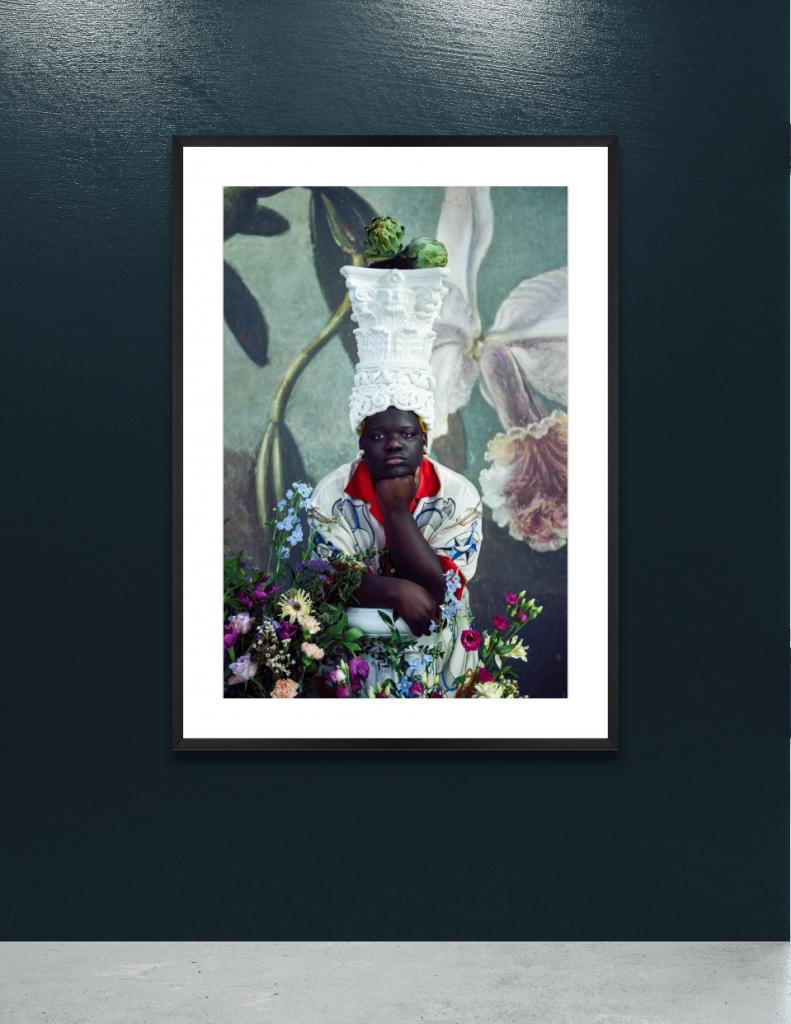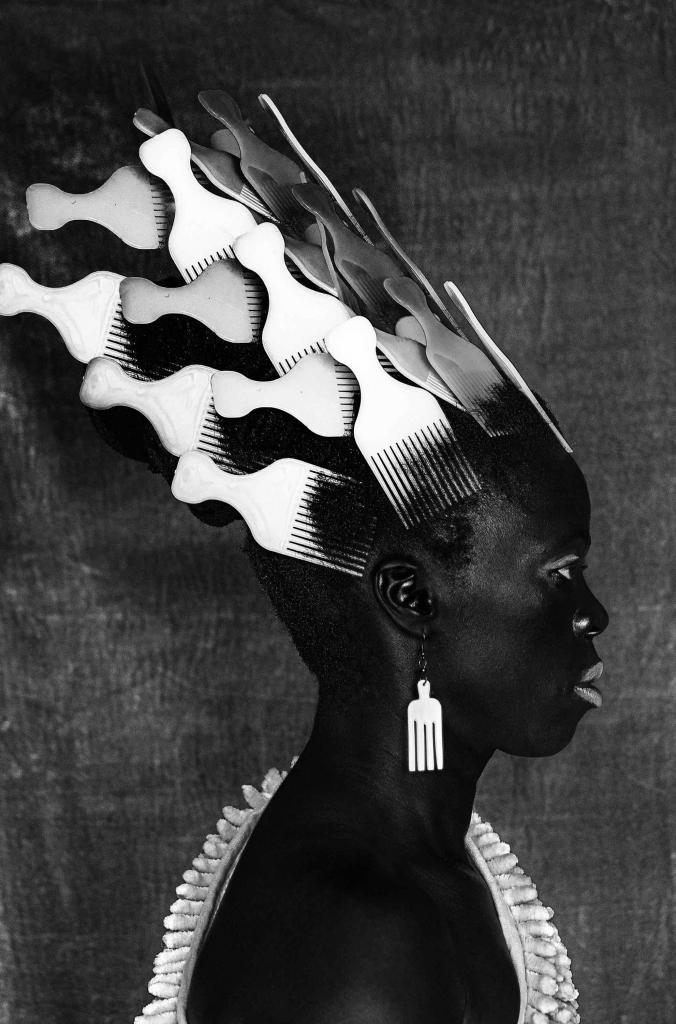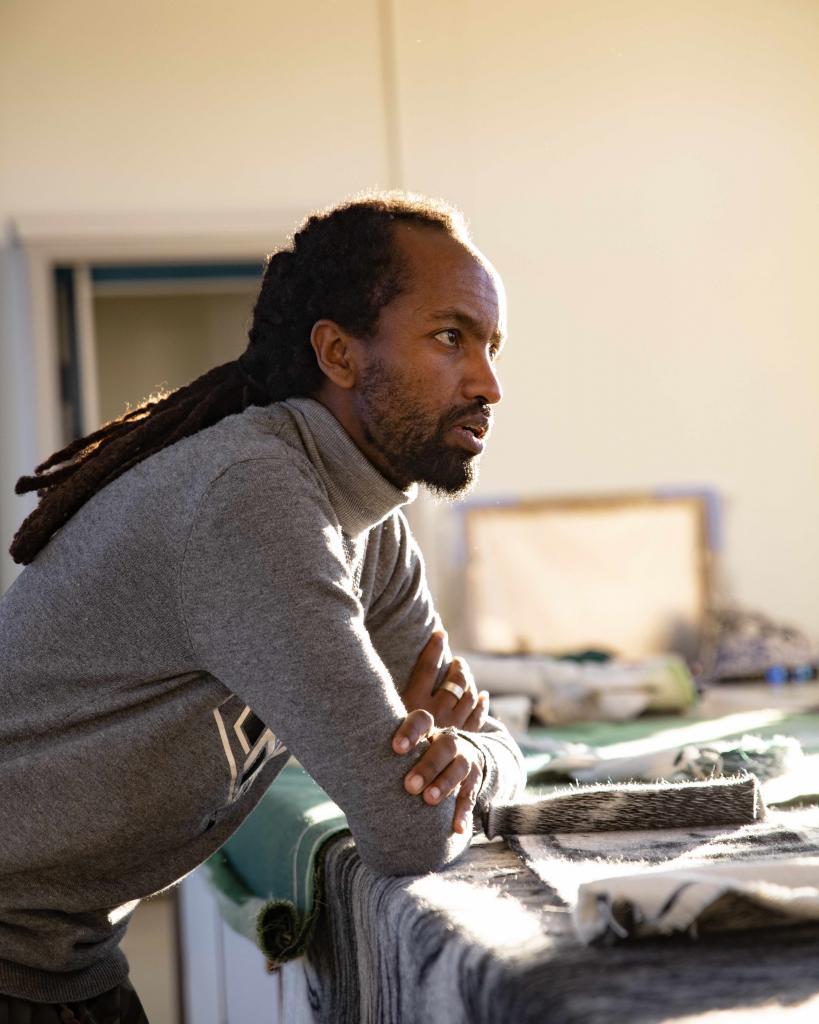The dreamlike visualisations of David Uzochukwu
A combination of the fantastic and otherworldly. A stillness that soothes and moves. These are the possessions of the dreamlike pictorial constructions created by David Uzochukwu. They draw one in, inviting long ocular contemplations to absorb them, the feel them. One oscillates between a captivating calm and reorienting discomfort, compelled to explore his visual worlds further.
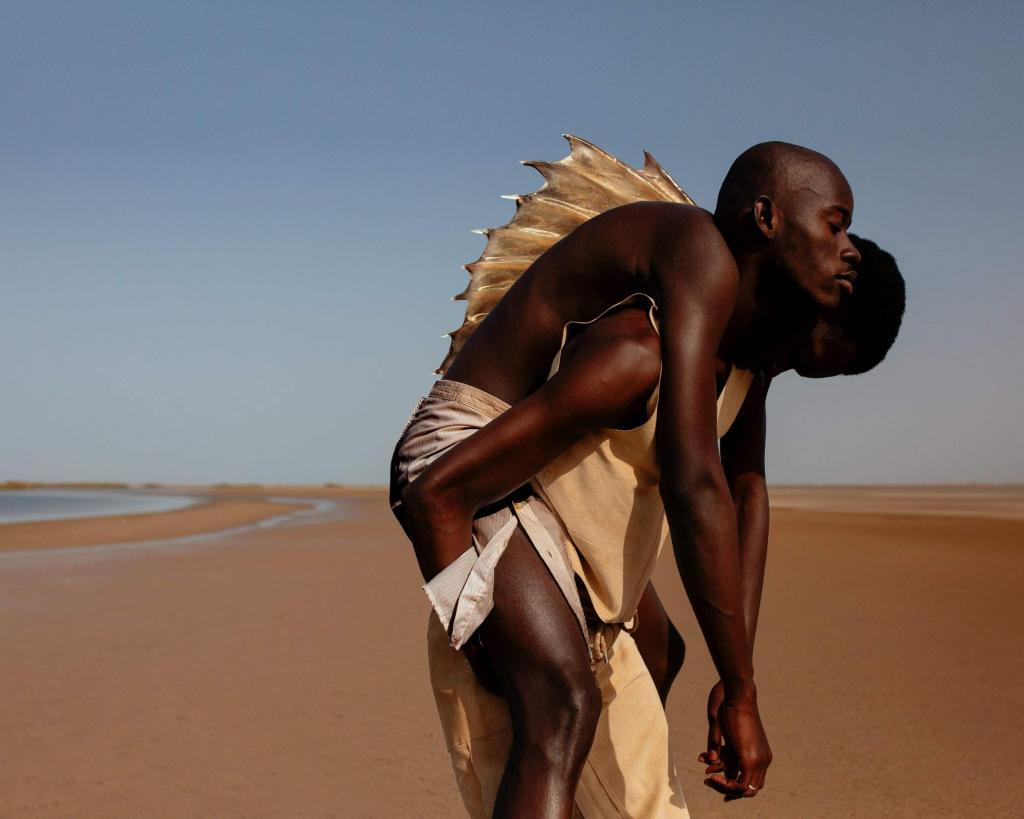
From the series “Drown in my magic”
Click to purchase
David’s relationship with photography began in his early teens. Before taking this medium on as his own creative outlet, he found refuge in others sharing photographs of themselves and aspects of their everyday life online. Observing this freedom built up his own desire to experiment with self-portraiture. Falling in love with the process of constructing images, he began to collaborate with others. This early exploration of self-portraiture influenced his view of photography as an artistic medium, embracing its archival functions within his practice. The intimacy of moments are transferred into his images, with the emotions revisited every time they are reviewed in his creative process. The evolution of practice and self discovery comes from this cataloging and sitting with feelings at different points in the development of work.
In conversation with David I am able to see how meditation and repetition become important cyclical patterns in his work process. Meditation on ideas and possible visualisations of work, and later, repetition in the form of revisiting images through selection, reflection and play in postproduction. This carrying of ideas and work in progress forms impressions in each image; emotive translations of David’s thoughts, movements and feelings at different moments in their creation. This allows viewers to feel the relationship between the meditative and repetitive in David’s process. It is here where his distinct affective imprint finds breath.
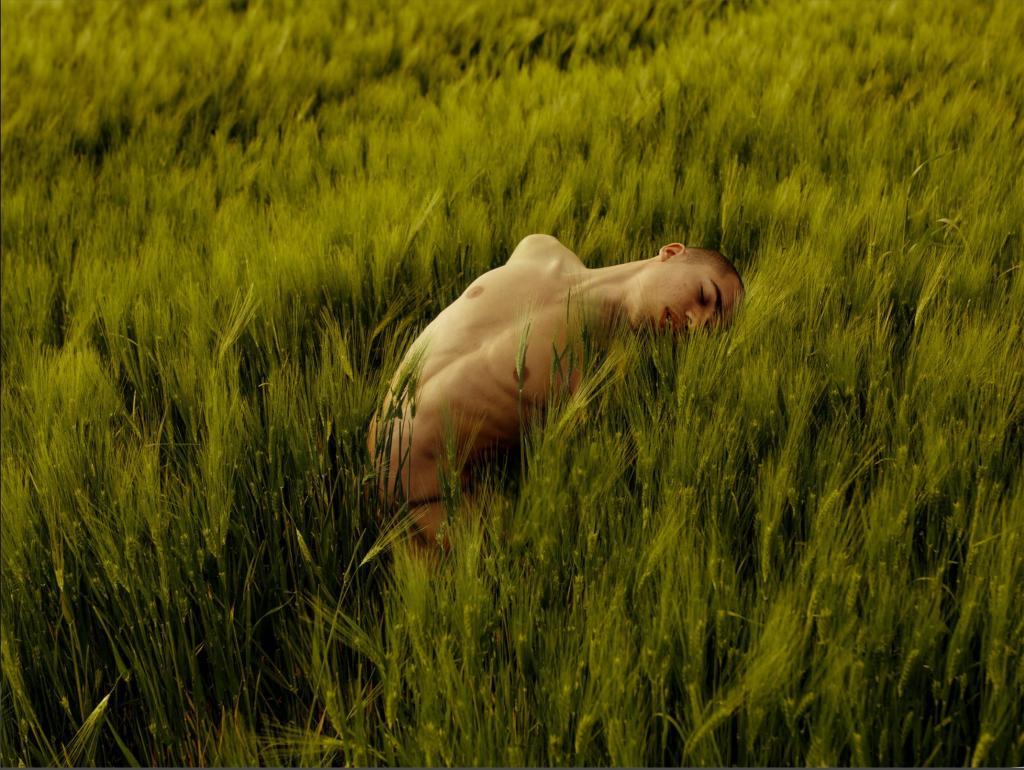
Click to purchase
The COVID-19 pandemic has made space for a kind of noiselessness and reflection, opening up a way to process slowing down of what was everyday life, and David’s own slowing down within his practice. Able to hear his own thoughts more clearly, David has begun a lot of writing and developing film projects, in particular an autobiographical project which unpacks his relationship with his father. Revisiting his childhood and teenage years becomes another avenue for self-discovery as well as a nod to a thread woven into aspects of this past work; the idea that the personal is political.
Folded, and sometimes outstretched bodies live in uncluttered natural landscapes. Sand and water are recurring components. The boundaries between the protagonists in David’s visual narratives and their surroundings fall away, melting the bodies into their environment. Stripped down characters and landscapes mirror each other’s emotions. The nakedness, contortions and openness might be assumed to stir a sense of uneasiness within viewers. However, David’s work is cunning in that there a calmness that takes over as you absorb the work.
The body of work Drown In My Magic speaks to the melting of body and nature in a illusionary manner, and displays how David plays with digital imagery and manipulation. Shot in Senegal, viewers are faced with Black people who can transform into surreal water creatures. These characters are shown to be emerging from the water. In the same way that the figures blur the human and non-human through their hybridism, their coastal environments exist as transitional terrains, a meeting between land and water.
Drown In My Magic primarily explores the link between water and Blackness; how historically and contemporaneously a Black body emerges from the water and is considered dangerous, monstrous and invasive. The decision to morph the figures into a form that is new and extraordinary connects to ideas around empowerment and the potency of ambiguity in forcing one to rethink how bodies are read.
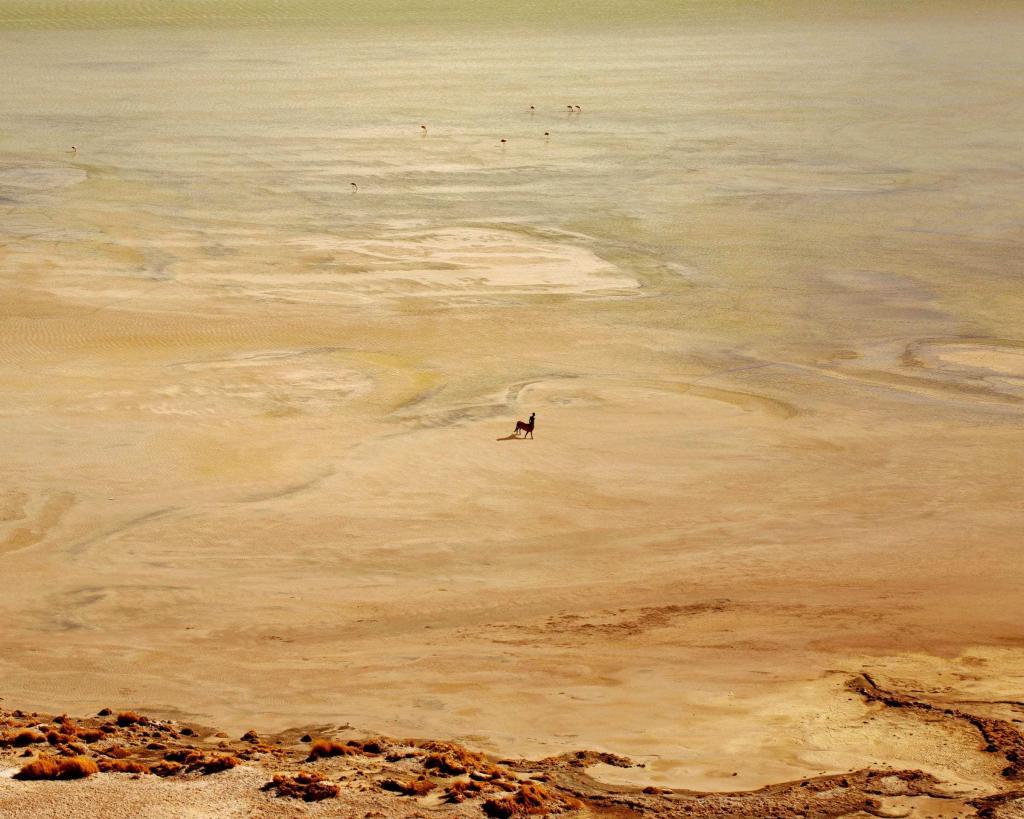
From the series “Drown in my magic”
Click to purchase
Compositional choices present multiple offerings for the figures to be seen as graceful, angelic and having strong expressive qualities, prompting one to read each image with feeling more than with sight. This work is an extension of David’s overarching thematic interests; the questions of belonging and the process and experience of being othered. “Where do I belong? Where can I make myself belong? How do I construct spaces in which I feel at ease and just be?” David expresses in our conversation. Photography acts as a tool and a partner in these explorations, helping in his creation of these spaces in which his characters can exist on their own terms.
The digital is always kept in mind when conceptualising work. It allows for the transcendence of location, time, budget and reality. In Drown In My Magic one sees how postproduction was used to push the figures presented in the images. This second half of David’s creative process is where critical amalgamation and selection decisions are made, with his ritualistic revisiting and micro analysis of images adding the digital and temporal layers that come across in final works.
The evolution of David’s practice combined with our current circumstances sees him holding on to ideas longer, marinating in their possible manifestations, and drawing closer to what ignited his passion – the intimate and the self-reflexive.

